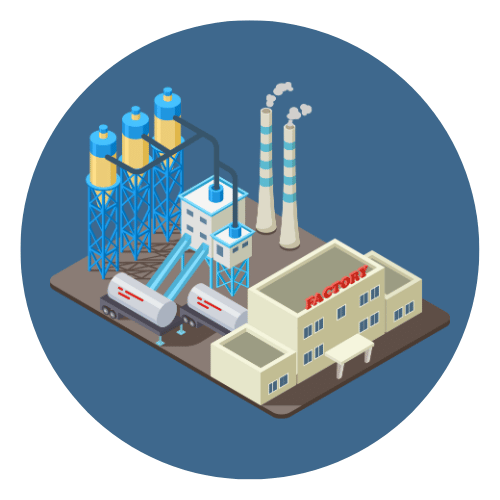
In today’s world, comfort and energy efficiency are top priorities for both homeowners and business owners. One of the most convenient and effective solutions for indoor climate control is the use of heating and air conditioning wall units. These versatile appliances combine the functions of both heating and cooling, offering year-round comfort in a compact design that mounts directly onto a wall. They are especially popular in apartments, older homes without central HVAC systems, hotel rooms, and even small office spaces.
Unlike traditional centralized HVAC systems, heating and air conditioning wall units operate independently in each room or zone. This makes them ideal for targeted climate control, energy savings, and personalized comfort. Whether you’re battling summer heat or winter chills, these wall-mounted units provide a reliable solution without the need for ductwork or major renovations.
There are various types of heating and air conditioning wall units available on the market, each offering different capacities, features, and technologies to suit specific needs. From basic through-the-wall models to advanced ductless mini-split systems with smart thermostats and inverter-driven compressors, the range of options continues to grow as manufacturers focus on efficiency and user convenience.
This article will explore the types, components, benefits, and installation considerations of heating and air conditioning wall units. We’ll also look at energy efficiency standards, maintenance tips, common problems, and how to choose the right unit for your space. Whether you’re looking to upgrade your current system or install a new one, understanding how these units work and what they offer can help you make an informed decision that improves your indoor comfort and lowers your utility bills.
1. What is Heating and Air Conditioning Wall Unit
A heating and air conditioning wall unit is a self-contained HVAC system that is installed directly onto or into a wall, providing both heating and cooling for a single room or space without the need for ductwork.
✅ Key Characteristics:
-
Compact design: Fits on or inside a wall, often without taking up floor space.
-
Dual function: Offers both air conditioning in the summer and heating in the winter.
-
Independent operation: Controls temperature for one room or zone, separate from a central HVAC system.
-
Energy-efficient: Many models feature inverter technology and programmable thermostats for optimal energy use.
🔧 Common Types:
-
Through-the-wall units – Installed directly in a wall opening, commonly found in apartments and condos.
-
PTAC (Packaged Terminal Air Conditioner) – Used in hotels and commercial spaces; combines heating and cooling in one chassis.
-
Ductless mini-splits – Consist of a wall-mounted indoor unit and an outdoor compressor; very efficient and quiet.
-
Electric wall heaters with AC modules – Basic wall units that can provide heating with optional cooling add-ons.
🏡 Where Are They Used?
-
Apartments and condos
-
Older homes without ductwork
-
Room additions, sunrooms, garages
-
Hotel and motel rooms
-
Small offices or retail shops
🎯 Benefits:
-
Easy to install and operate
-
Great for supplemental or zoned climate control
-
No need for expensive ductwork
-
Many models are quiet and aesthetically pleasing


 Automation System
Automation System  Energy Engineeing
Energy Engineeing  Instrumentation System
Instrumentation System  Mechanical Engineering
Mechanical Engineering  Piping Technologies
Piping Technologies  Transportations
Transportations  Manufacturing
Manufacturing  Training Material
Training Material 














